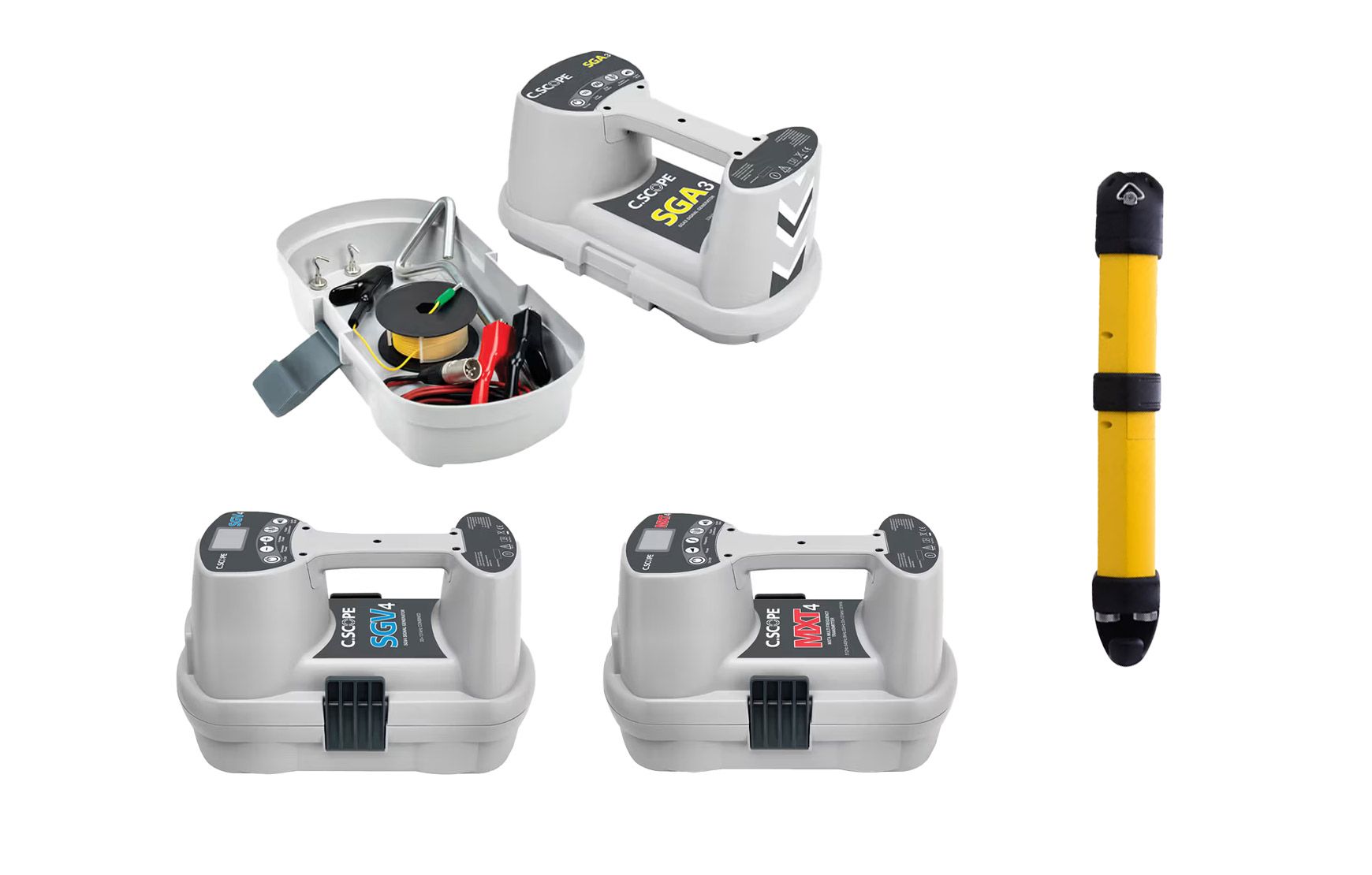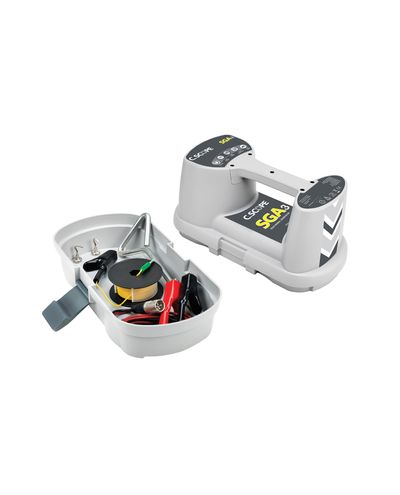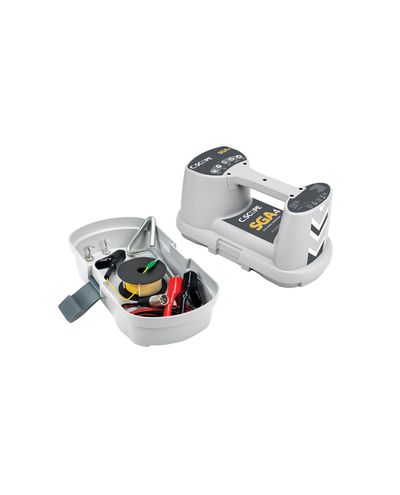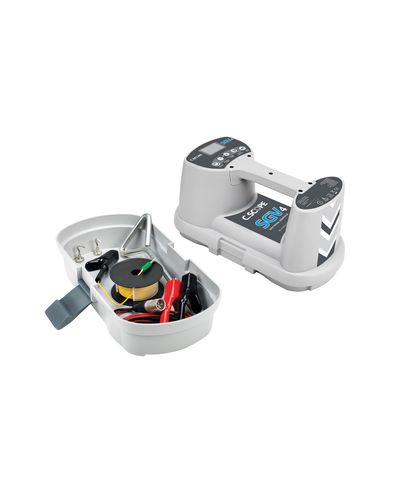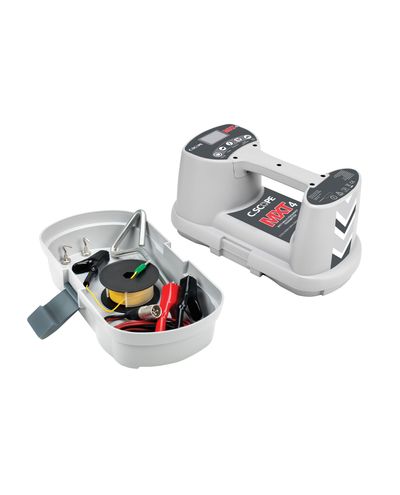Transmitters – precise signal generation for locating
Transmitters work together with avoidance tools, producing a signal that enables the precise locating of underground cables and pipes. They are especially useful in situations where passive methods are insufficient, such as locating de-energized cables or non-metallic pipes.
Versatile applications
Construction sites
🏗️ Helps locate underground cables and pipes before excavation work, reducing the risk of damage.Maintenance
🔧 Enables accurate determination of existing cables and pipes locations during maintenance and repair work.Infrastructure projects
🛤️ Supports the planning and implementation of road and railway projects by ensuring consideration of underground infrastructure.
Product features
Multiple frequency options
🔄 Offers several frequencies that allow efficient locating of various cables and pipes.Durable construction
🛡️ Designed to withstand demanding construction site conditions such as dust and moisture.Long operating time
⏳ Enables extended use without the need for constant recharging.Ease of use
👌 Clear interfaces and intuitive operation make the devices user-friendly.
Summary
Transmitters are a key part of cable and pipe avoidance tools, enabling accurate and efficient locating of underground infrastructure. They help prevent damage, save time and costs, and improve work quality.
---------
C.Scope avoidance tools include models for locating cables and pipes. There are various models available. The most affordable basic model is the CXL3, which has three locating functions: P-electric cable, which carries significant current; R-radio locating, which locates all long cables and metal pipes; and G/T locating function, which detects the transmitter's artificial signal in cables or pipes. Generally, transmitters are compatible with different manufacturers as far as the frequencies they transmit. The frequency is selected based on the target, for example, whether it is a plastic or metal pipe.

